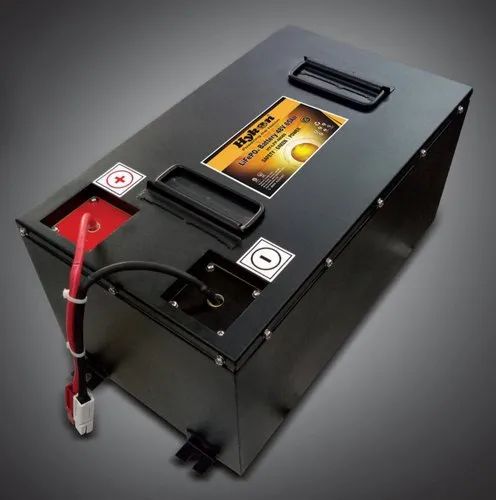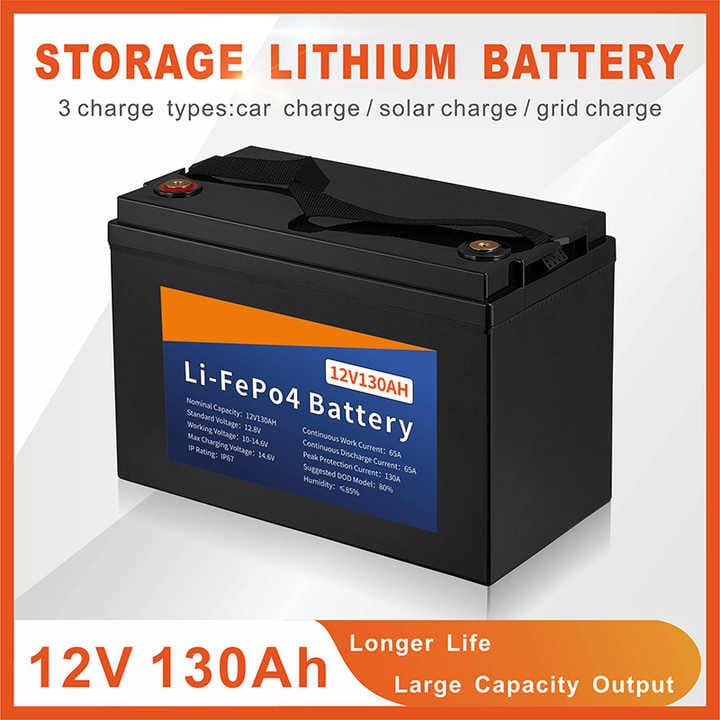Lithium-ion batteries have revolutionized the way we use portable devices, offering several benefits that enhance our daily lives. They are known for their high energy density, meaning they pack a lot of power into a small, lightweight package. This makes them ideal for everything from smartphones to electric vehicles. Additionally, they have a longer lifespan and don’t suffer from the memory effect, which allows for flexible charging. But to ensure these batteries continue to perform at their best, regular testing is crucial. Testing a lithium-ion battery involves checking its voltage, capacity, and overall health, ensuring it’s safe and efficient for use. This process is simple yet vital for maintaining the reliability and longevity of these powerful energy sources.

What are lithium ion battery and how it works?
Lithium-ion batteries are a type of rechargeable battery powering many of our everyday devices. From smartphones to electric cars, they’re everywhere. These batteries work by moving lithium ions between two electrodes, a cathode and an anode, through an electrolyte.
When you charge the battery, lithium ions move from the cathode to the anode, storing energy. During this process, the anode holds onto the lithium ions. When you use the device, the stored energy gets released. The lithium ions travel back to the cathode, creating an electric flow that powers your device.
Lithium-ion batteries are quite popular because of their high energy density. This implies that they have large energy storage capacities in compact spaces. In addition, their lifespan is greater than that of other kinds of rechargeable batteries. Moreover, they are not affected by the memory effect. This implies that you may recharge them without having to entirely drain them, which makes them more handy.
Pros and cons of lithium ion battery
Lithium-ion batteries are a cornerstone of modern portable technology. Let’s explore their advantages and disadvantages in detail:
Pros of Lithium-ion Batteries
High Energy Density: These batteries offer a high energy density, packing more power into a smaller space. This makes them ideal for devices like smartphones and laptops, where space is at a premium.
Long Lifespan: They typically last longer than other types of rechargeable batteries. This means fewer replacements and, consequently, lower long-term costs.
No Memory Effect: Unlike some other batteries, lithium-ion batteries don’t suffer from the memory effect. You don’t need to fully discharge them before recharging, which adds to their convenience.
Lightweight: They are lighter than other types of batteries of the same size. This is a huge advantage for portable devices and electric vehicles, where weight is a crucial factor.
Fast Charging: Lithium-ion batteries charge faster compared to other rechargeable batteries. This feature is particularly useful in our fast-paced world where time is valuable.
Low Self-Discharge Rate: They have a low self-discharge rate, meaning they lose their charge slowly when not in use. This feature is beneficial for devices that are not used regularly.
Cons of Lithium-ion Batteries
Sensitive to High Temperatures: These batteries can degrade or even become dangerous when exposed to high temperatures. This sensitivity requires careful management in hot environments.
Aging Effect: Even when not in use, lithium-ion batteries age. This means their capacity diminishes over time, regardless of how often you use them.
Cost: They are generally more expensive than other types of batteries. This higher initial cost can be a barrier for some applications.
Protection Required: They need protection circuits to maintain safe operation. These circuits guard against overcharging and deep discharging, which can be dangerous.
Environmental Concerns: The production and disposal of lithium-ion batteries raise environmental concerns. The mining of lithium has environmental impacts, and the recycling of these batteries is complex.
Risk of Fire or Explosion: In rare cases, if damaged or improperly handled, they can catch fire or explode. This risk necessitates careful handling and storage.
Lithium-ion batteries offer a blend of high energy density, longevity, and convenience, making them a popular choice in many applications. However, their sensitivity to temperature, aging effect, cost, and environmental concerns are important factors to consider.

How to test lithium ion battery?
Testing a lithium-ion battery is a detailed process that requires precision and care. Here’s a step-by-step process to help you through the process:
Understand the Battery’s Specifications
Before testing, familiarize yourself with the battery’s specifications. This includes its voltage, capacity, charge rate, and discharge rate. Knowing these will guide your testing process.
Gather Necessary Equipment
You’ll need a multimeter for voltage measurements, a charger, and a load for discharging. Ensure these tools are in good working order and suitable for the battery you’re testing.
Visual Inspection
Start by visually inspecting the battery. Look for any signs of damage, like bulging, cracks, or leaks. If you notice any of these, it’s best not to proceed with further testing as the battery might be unsafe.
Initial Voltage Check
Use the multimeter to check the battery’s voltage. Compare this to the nominal voltage in the specifications. If the voltage is significantly lower, the battery may be deeply discharged or damaged.
Charge the Battery
Using a suitable charger, begin charging the battery. Monitor the charging process carefully. Ensure that the battery is not overheating, which can be a sign of a problem.
Full Charge Check
Once the charging is complete, check the voltage again. It should match the full charge voltage specified by the manufacturer. If it’s lower, the battery may not be holding a full charge.
Load Test
Connect the battery to a load (like a resistor or a battery tester if available). Make sure the load matches the battery’s specifications. Begin discharging the battery.
Monitor Discharge
During discharge, observe how the battery behaves. Look for steady voltage and temperature. Any sudden drops in voltage or excessive heating can indicate a problem.
Capacity Test
Measure how long the battery lasts during the discharge test. Compare this to the rated capacity. If the battery discharges too quickly, it may be losing its capacity.
Safety Checks
Throughout the testing process, prioritize safety. Keep the battery away from flammable materials and work in a well-ventilated area. Always wear protective equipment, like gloves and goggles.
Post-Test Inspection
After the discharge test, inspect the battery again for any signs of damage. Look for any changes that might have occurred during testing.
Analyze the Results
Compare your test results to the battery’s specifications. This analysis will help you determine the health and efficiency of the battery.
Recharge for Storage
If the battery passes the tests and you plan to store it, charge it to about 50-60% of its capacity. This is the optimal charge level for lithium-ion battery storage.
Record the Results
Document your findings. Keeping a record of each test can be helpful for future reference, especially if you’re monitoring the battery’s performance over time.
Dispose of Damaged Batteries Properly
If the battery fails any of these tests, it’s important to dispose of it properly. Contact local waste management services to find out the best way to dispose of lithium-ion batteries in your area.
Testing a lithium-ion battery involves a series of steps that assess its physical condition, voltage, capacity, and overall performance. This process not only ensures the functionality of the battery but also its safety. By following these steps, you can effectively determine the health of a lithium-ion battery, ensuring its reliability in your devices.

